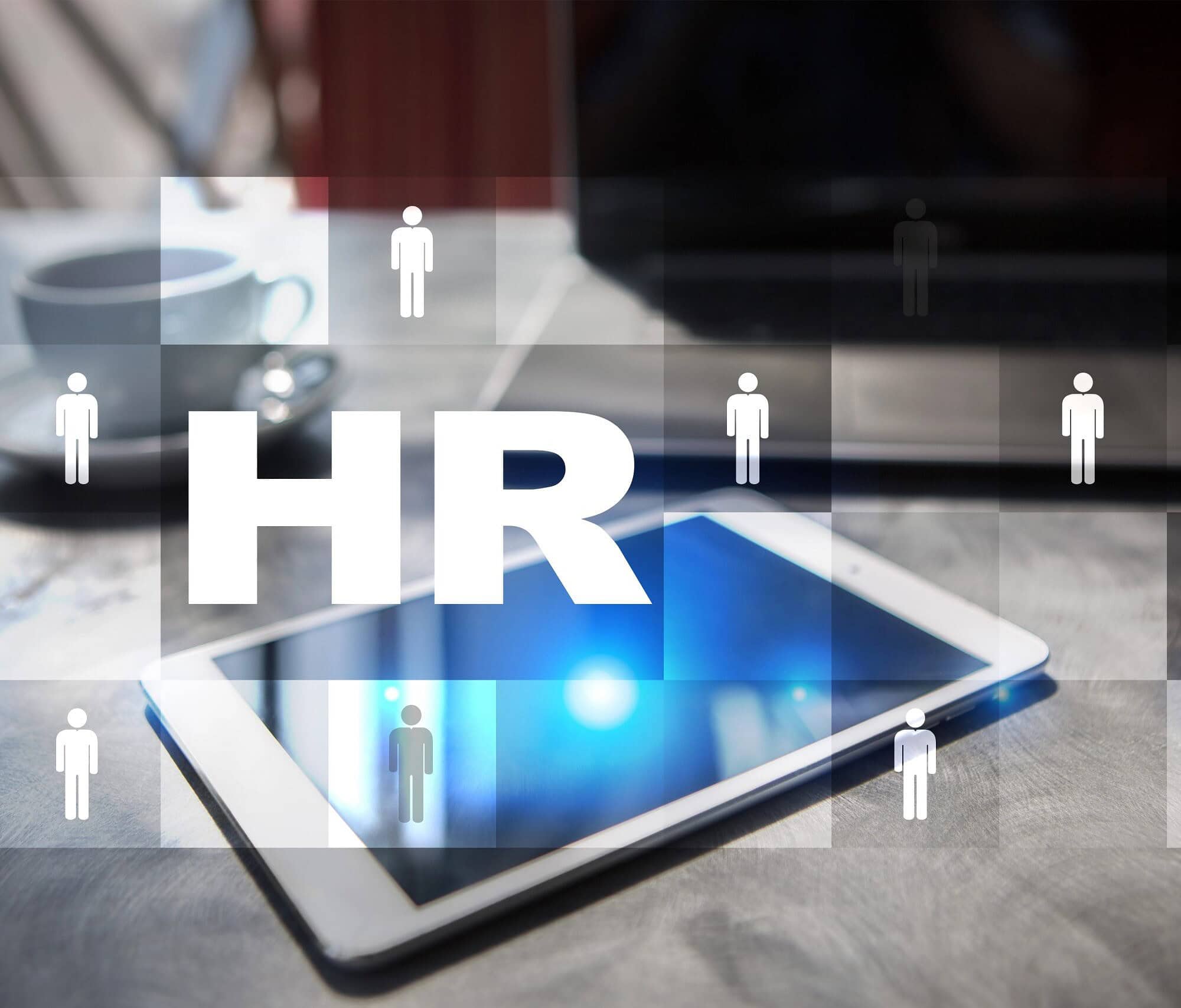How Is Reboarding Defined?
When someone is re-onboarded, there is typically a lot of activity as you would expect. For a collaborative work environment, you must integrate employees back into the company culture. This may include informing staff on new developments and bringing employees back to their usual level of productivity as soon as possible. In effect, reinstating laid-off employees gives them an opportunity to reconnect with the company and their functions. There is no strict model on how reboarding takes shape, but its importance across industries remains consistent.
Re-boarding is of great importance
If you are working with the goal of a quick return on productivity, you want your employees to get up to speed. You must make sure your employee keeps abreast of recent policies and changes to expectations. If you take a look at it from an emotional standpoint, you want to make sure that your staff member feels like they are being acknowledged, accepted, engaged, and made part of the family. Because they have not been in the office for a long time, they feel awkward, so they must be given an opportunity to speak to be reassured and supported by their colleagues.
Perhaps you’re wondering how to handle an employee’s return. We suggest you create a return-to-to-work strategy for rehired employees. Stakeholders may choose to design and implement the plan as well as ensure that it is up to date.
The organization should design a plan taking these factors into consideration
- Potential hazard assessment. Assess hazards involved in training personnel on various equipment, tools, techniques, and the like Individualized methods are preferred to offer reboarding with remote access if possible.
- To make sure that your employees are regularly cleaning and disinfecting their hands, you must provide them with these necessities: cleaning products, including sanitizer, masks, etc. Identify the highest traffic areas and make sure they are cleaned regularly
- Keep your employees as far apart as possible. Post signage to make sure employees stay at a safe distance from infecting each other. Strictly self-monitor for evidence of the flu.
- Some workers, even after an extended absence, may need reassurance, help, reasserting on, or resource management when they return to the office. The return to work plan includes the creation of useful documents such as policies, handouts, educational resources, and safety support for employees with various mental health issues. The leadership at your organization may find it to be advantageous to assign coaches to assist returned employees.
- The need for trainers depends on the organization’s industry and department. Reboarded employees should reconnect with key personnel by using virtual training. This will help your employees feel more at ease and ready to enter the workforce, instead of fearing the workplace.
Here are some ways you can help with the transition on the employees return to work.
- As a general guideline, organizations should have access to supplies for protective social distancing like hand towels, hand-washing facilities, and disinfectants available. Disinfect surfaces and objects frequently.
- Install infrared thermometers on your site to detect the rise in body temperature. Design in anticipation of increased usage. Be prepared for an increase in work. tell affected employees to stay at home
- It is important to move employees in stages so as to allow them to maintain a certain distance from one another, but do not reduce the total number of them at the same time. The number of workers who should be physically present at the workplace should not exceed 30 percent of the total workforce.
- Communicate workplace policies and procedures to employees frequently using a variety of channels It is always better to have an open-door policy of communication with employees. Feel free to give others feedback and provide them with suggestions. It’s a good idea to periodically check on your employees, to see how they’re doing. Gain the trust and confidence of staff members so that their welfare and well-being are not jeopardized. Increase awareness of mental health issues and resources for everyone to combat their causes.
- Guidance and teach employees on COVID-19 protocols such as hand washing, avoiding hand-to-face, handshaking, or rarely touching one’s face. Promote frequent handwashing and sanitizing. Training employees on how to use and maintain their current positions in a creative manner
- Clean high touch surfaces and objects (such as door handles, sink handles, drinking fountains) within the school and on school transport vehicles (such as buses) at least once a day or as often as needed (for example, when visibly dirty).
- Cleaning and promoting hand hygiene should be implemented to slow the spread of COVID-19 and other infectious diseases and protect staff. Cleaning with products containing soap or detergent reduces germs on surfaces and objects by removing contaminants and may also weaken or damage some of the virus particles, which decreases the risk of infection from surfaces. Disinfecting removes any remaining germs on surfaces, which further reduces any risk of spreading infection.
- Limit sharing of high-touch objects that are difficult to regularly clean (such as, electronic devices, pens, pencils, books, games, art supplies, lab equipment). If certain conditions apply (such as low mask usage or high community transmission), do not use difficult-to-clean shared objects for 72 hours. If items need to be reused within 24 hours they should be disinfected.
- Use gloves when removing garbage bags or handling and disposing of trash. Wash hands after removing gloves. Staff should wash hands after removing gloves or after handling used items or other objects near employees who are unmasked.
- It is advisable to avoid public transportation in order to go to work. Keep your workspace as far away from the common areas as possible. Stay at least six feet away from the bike when you ride your bicycle. Make sure you sit at your own desk and do not talk to coworkers. Avoid densely-populated areas. Get rid of unessential meetings, workshops, and travel; minimize travel.

